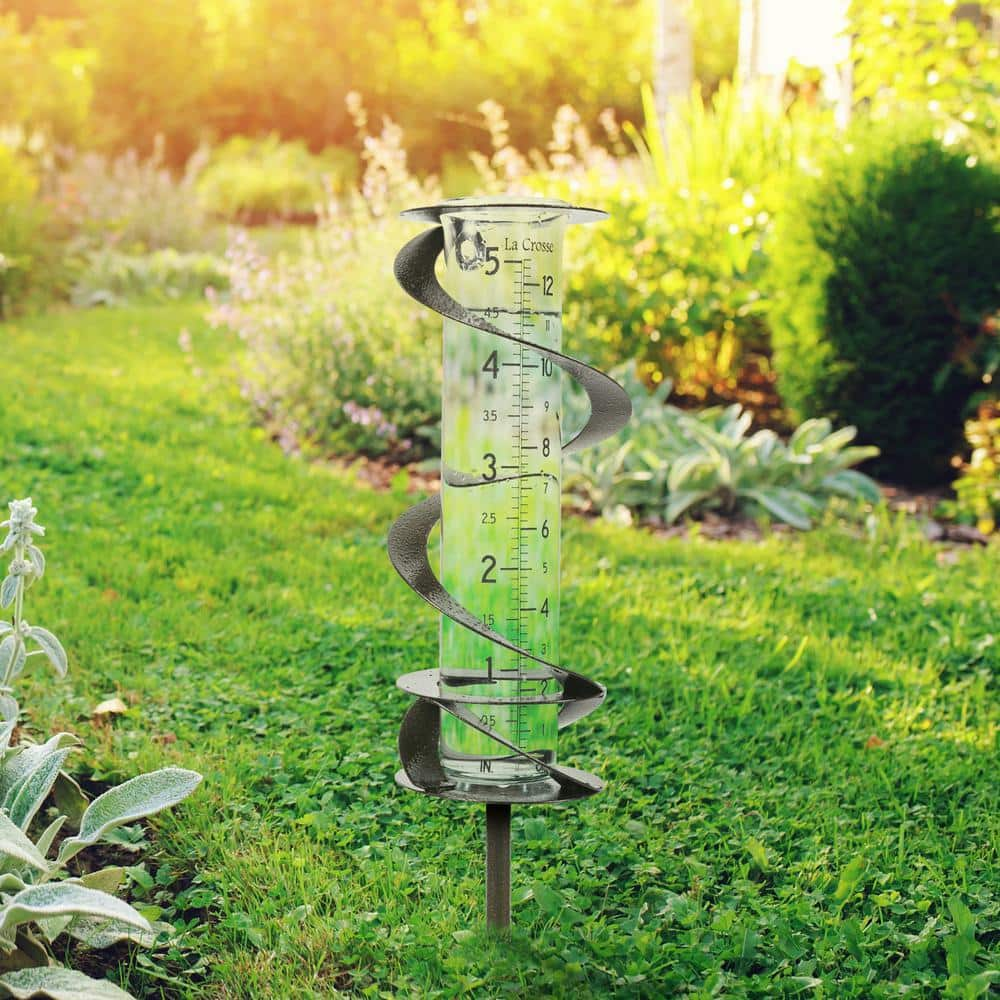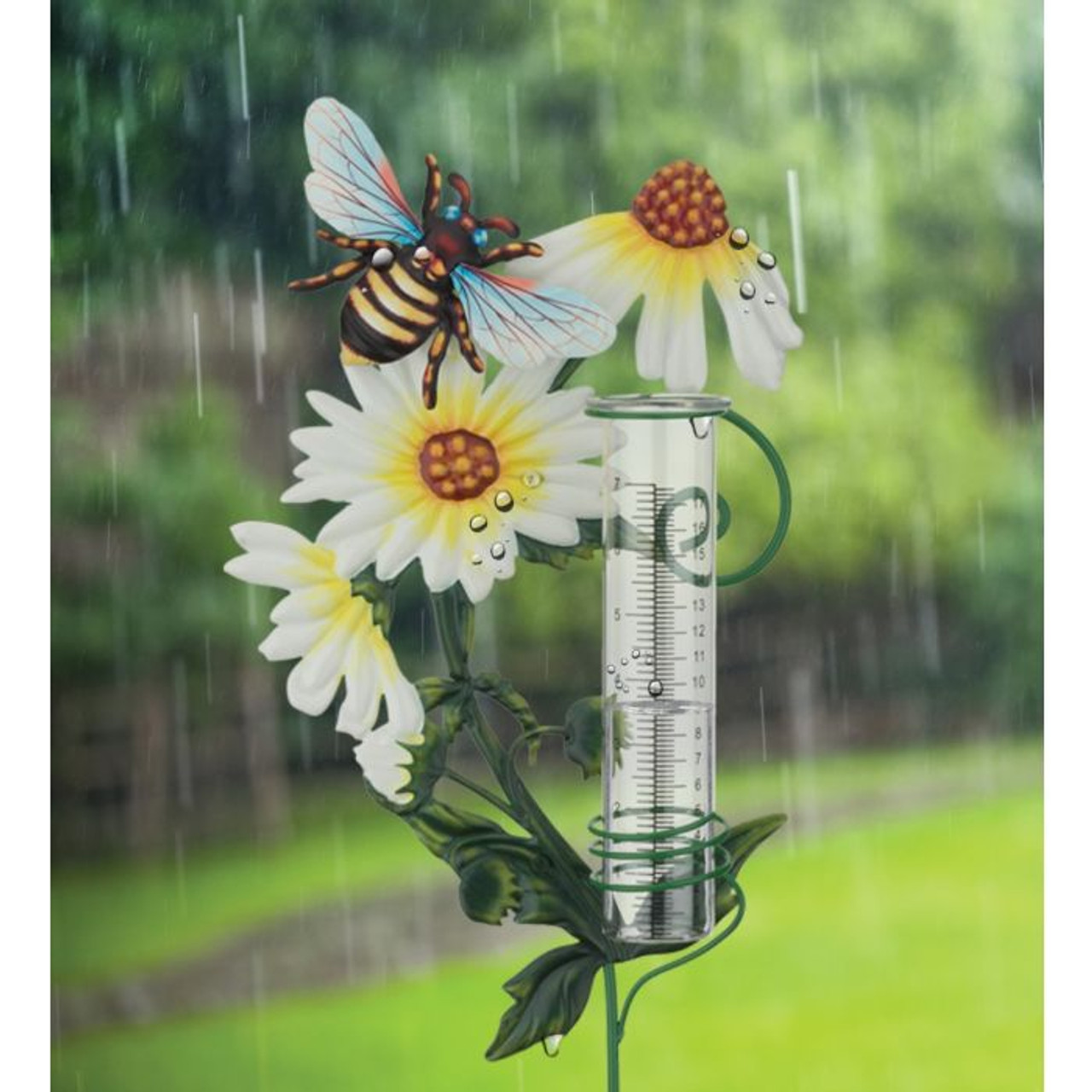Your Go-To Resource on The Rain Gauge: Benefits and Practical Applications
Your Go-To Resource on The Rain Gauge: Benefits and Practical Applications
Blog Article
Just How to Choose the Right Rainfall Gauge for Accurate Rain Data
To obtain reliable dimensions, it is crucial to select the ideal rain scale. Taking into consideration aspects such as location, type, and accuracy of the rain gauge will aid make sure accurate data collection. Additionally, recognizing the upkeep and calibration procedures will add to the longevity and reliability of your rainfall scale.
Relevance of Picking the Right Rain Gauge
The value of picking the right rainfall gauge depends on obtaining reputable and precise rains information for precise meteorological analysis. Rainfall information is critical for a variety of applications, including climate projecting, hydrological modeling, and climate research study. Imprecise or unreliable information can lead to erroneous final thoughts and flawed decision-making procedures.

Secondly, the accuracy and precision of the rainfall gauge are paramount. The gauge ought to be able to gauge rainfall with high accuracy, capturing also little amounts of rainfall accurately. It ought to also decrease errors because of evaporation, wind, and various other ecological variables. Regular calibration and upkeep are necessary to make certain continuous precision.
Moreover, the location and installment of the rain gauge are critical factors to consider. It ought to be positioned in an open area, far from obstructions that might affect rains dimensions. The gauge ought to be placed at an appropriate elevation and angle to stay clear of splashing and guarantee correct catchment of rainwater.
Elements to Take Into Consideration When Picking a Rainfall Gauge
When picking a rain gauge, there are a number of essential aspects to consider. These aspects can greatly affect the accuracy and integrity of the rains data accumulated. The first aspect to consider is the type of rain gauge. There are different types available, consisting of typical rain assesses, tipping bucket rainfall determines, and evaluating rain evaluates. Each kind has its own benefits and disadvantages, so it is important to select one that finest matches your particular needs and demands.
An additional factor to think about is the product of the rainfall scale. Rain determines can be constructed from various materials, such as plastic, metal, or glass. The material picked ought to be immune and long lasting to weather, ensuring that the rain scale will stand up to the aspects and give exact dimensions with time.
Precision is also a crucial element to think about. Try to find rainfall evaluates that have been calibrated and evaluated for precision. Functions such as anti-splash rings and funnels can additionally improve the accuracy of the measurements.

Finally, take into consideration the climate and atmosphere in which the rainfall gauge will be used. Various rain evaluates appropriate for different climates, so it is crucial to pick one that is suitable for the conditions in your location.
Various Sorts Of Rain Evaluates Offered
To additionally discover the factors to consider when choosing a rain gauge, it is necessary to understand the various kinds of rain assesses available. There are a number of sorts of rainfall assesses, each with its very own benefits and disadvantages. One of the most typical type is the common rainfall scale, additionally referred to as the round rain gauge. This type contains a straight-sided round container with a funnel-shaped top. It is basic to use and offers precise dimensions of rainfall.
An additional kind of rain scale is the tipping bucket rainfall scale. As the rain drops right into the gauge, it loads up one side of the container, creating it to clear the water and tip.
A third type of rain gauge is the considering rain gauge. As the rainfall falls right into the gauge, it is collected in a container attached to an equilibrium.
Lastly, there are also remote rain determines that usage progressed modern technology to determine rains (The Rain Gauge). These gauges use sensing units and transmitters to send out data wirelessly to a central unit. Remote rain evaluates are convenient for checking rains in hard-to-reach areas or for massive data collection
Exactly How to Identify the Precision of a Rain Gauge
One means to evaluate the precision of a rainfall scale is by performing normal calibration measurements. Calibration involves comparing the analyses of a rain gauge to a typical measurement, such as a certified rainfall scale or a climate terminal with high accuracy. By contrasting the dimensions, any discrepancies or mistakes in the rainfall gauge can be determined and represented.
To perform a calibration measurement, start by collecting rains data from both the rainfall scale and the conventional measurement device over a details time duration, such as a month. Contrast the readings and compute the difference between them. This difference is called the helpful resources calibration error.
It is essential to note that calibration dimensions ought to be executed frequently, as ecological factors, such as temperature, particles, and wind, can impact the accuracy of the rain gauge gradually. By performing regular calibrations, any kind of changes in the precision of the rainfall scale can be identified and changes can be made accordingly.
In enhancement to calibration, it is additionally recommended to tidy and keep the rain scale frequently to guarantee its precision. Remove any debris or obstructions that may influence the accuracy of the measurements, and look for any signs of damages or use that may require repairs or substitute.
Tips for Maintaining and Adjusting Your Rainfall Scale
Regular maintenance and calibration are crucial for making sure the precision and dependability of your rain gauge in gauging rainfall data (The Rain Gauge). By adhering to a few easy tips, you can make certain that your rain scale is appropriately preserved and calibrated
First of all, anchor it is necessary to cleanse your rainfall scale on a regular basis to stop any kind of particles or dirt from obstructing the rain collection mechanism. Use a mild detergent and a soft brush to gently clean the inside and outside of the gauge. Rinse it extensively with clean water and allow it to dry completely before re-installing it.
Secondly, it is suggested to calibrate your rainfall scale at the very least annually. Calibration involves comparing the dimensions of your rain gauge with those of a relied on and exact reference gauge. This will certainly help you identify and deal with any kind of prospective mistakes in your rainfall gauge's measurements.
To calibrate your rain scale, collect a recognized volume of water utilizing a gauging container and contrast it with the dimensions videotaped by your rainfall scale. Adjust the analyses appropriately to ensure precision.

Verdict
In conclusion, selecting the right rain gauge is important for getting precise rains data. Elements such as function, budget plan, and area ought to be taken into consideration when choosing a navigate to these guys rainfall scale.
There are different kinds offered, including standard rainfall gauges, tipping bucket rainfall gauges, and evaluating rainfall evaluates.To better explore the elements to think about when selecting a rain gauge, it is important to understand the various kinds of rainfall assesses readily available. The most common kind is the standard rain scale, likewise known as the cylindrical rain scale.One more type of rainfall gauge is the tipping pail rain gauge. Calibration entails comparing the readings of a rain gauge to a basic measurement, such as a qualified rainfall scale or a weather condition terminal with high precision.
Report this page